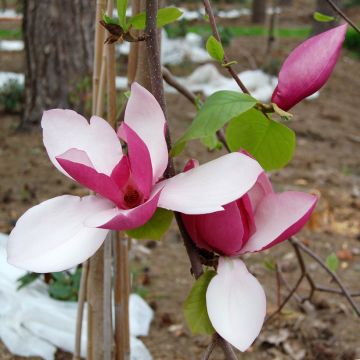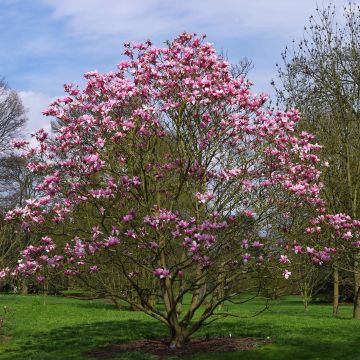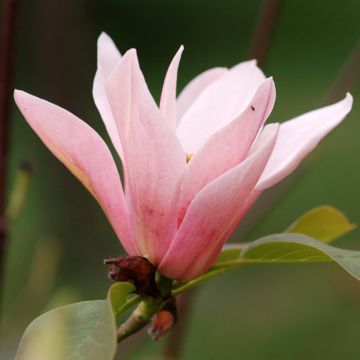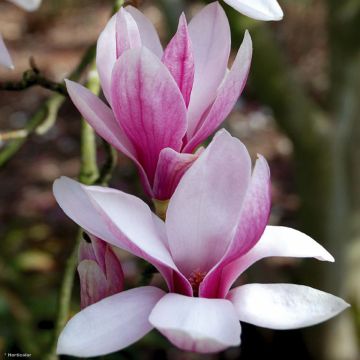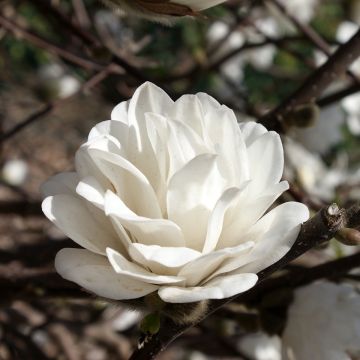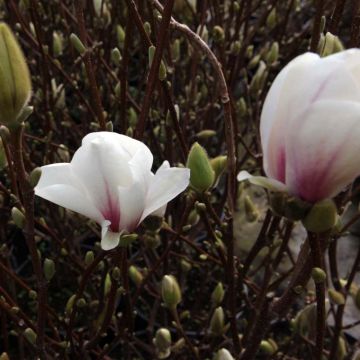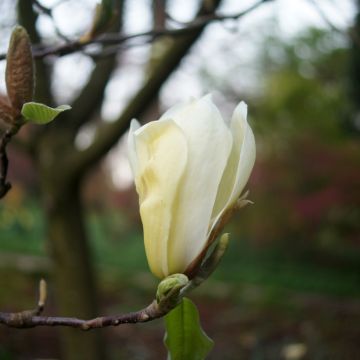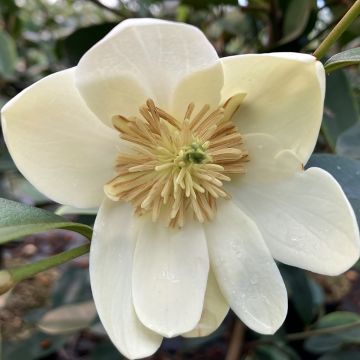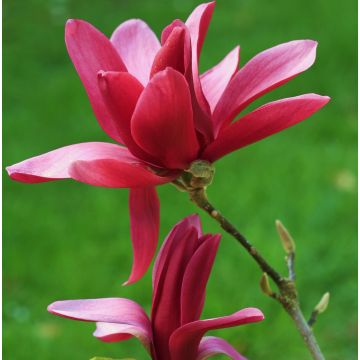

Magnolia acuminata Butterflies
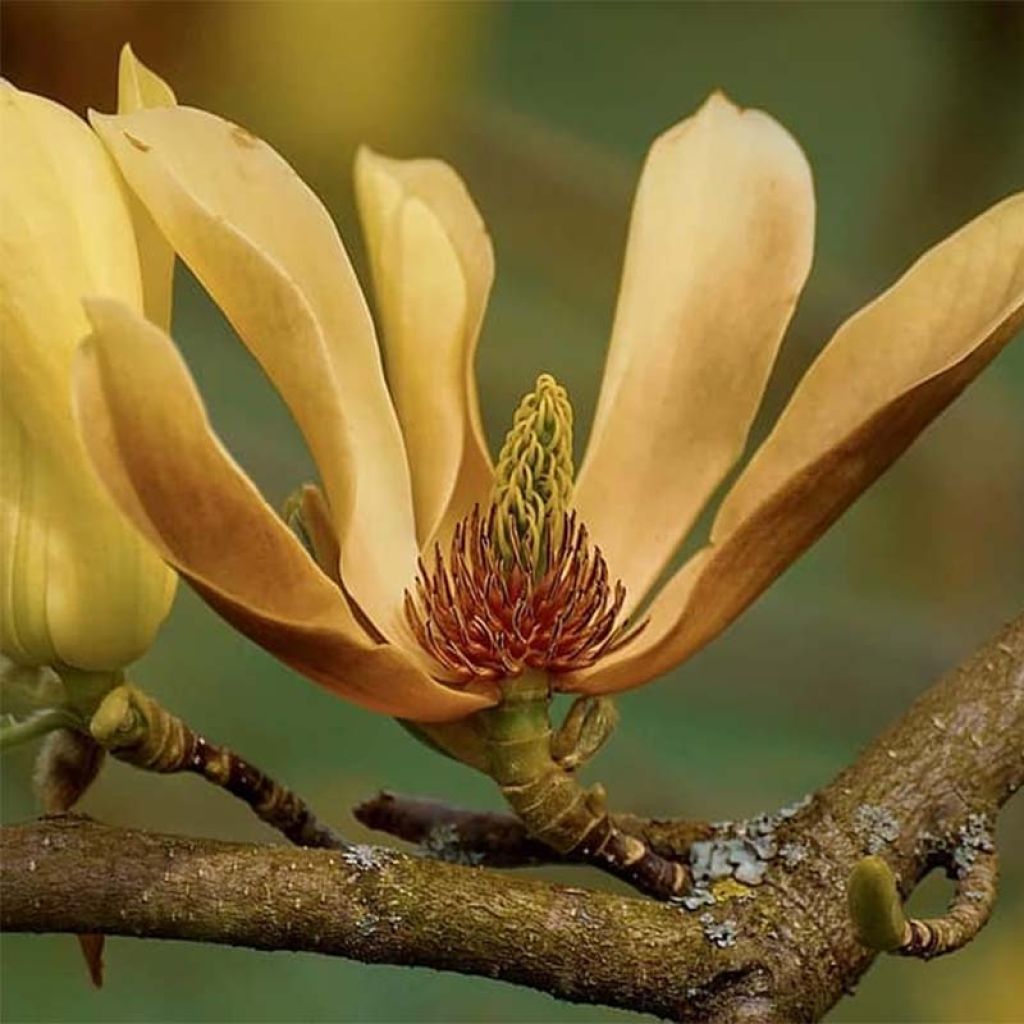

Magnolia acuminata Butterflies
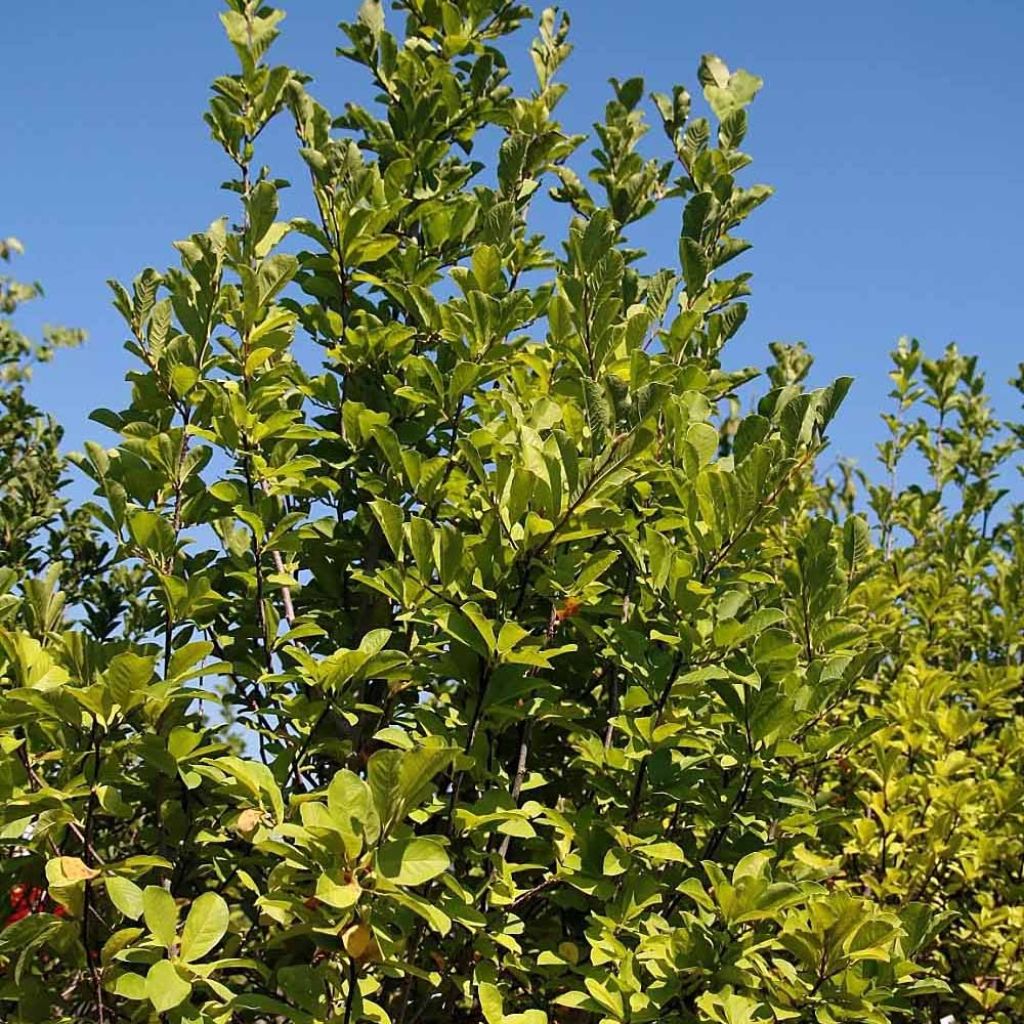

Magnolia acuminata Butterflies
Magnolia acuminata Butterflies
Magnolia x acuminata Butterflies
Magnolia
My pickle tree was in perfect condition upon arrival despite my concerns (perfect packaging) as the parcel took 6 days to arrive.
Michèle, 19/12/2023
Special offer!
Receive a €20 voucher for any order over €90 (excluding delivery costs, credit notes, and plastic-free options)!
1- Add your favorite plants to your cart.
2- Once you have reached €90, confirm your order (you can even choose the delivery date!).
3- As soon as your order is shipped, you will receive an email containing your voucher code, valid for 3 months (90 days).
Your voucher is unique and can only be used once, for any order with a minimum value of €20, excluding delivery costs.
Can be combined with other current offers, non-divisible and non-refundable.
Home or relay delivery (depending on size and destination)
Schedule delivery date,
and select date in basket
This plant carries a 24 months recovery warranty
More information
We guarantee the quality of our plants for a full growing cycle, and will replace at our expense any plant that fails to recover under normal climatic and planting conditions.
Would this plant suit my garden?
Set up your Plantfit profile →
Description
The Magnolia acuminata Butterfly ('sometimes called 'Butterflies') is perhaps the best variety of yellow-flowering magnolia, and its moderate growth is even suitable for small gardens. This small tree has a beautiful vigor and blooms abundantly, from a young age. Many flowers, large but light like butterflies and pleasantly fragrant, open on its still leafless branches. This variety, which tolerates cold as well as heat, will thrive in many regions, as long as the plant benefits from slightly acidic and always slightly moist soil.
The Magnolia Butterflies belongs to the magnolia family. It is a horticultural hybrid resulting from the cross-breeding of Magnolia acuminata 'Fertile Myrtle' and M. denudata 'Sawada's Cream'. This excellent variety was obtained in 1988 in the state of Michigan in the U.S.A.
A small tree or large bush with a beautiful vigor, pyramid-shaped with a well-branched crown, Butterflies ® reaches maturity (10 years) at about 4.50 meters (14 feet 10 inches) in height, with a width of 3 meters. In spring, in April, before the leaves appear, beautiful solitary flowers, erect and thick-textured, with 10 to 14 petals, open. These flowers, 11 to 12 cm (4.3 to 4.7 in) in diameter, exhale a sweet and suave aroma of essential lemon oil. They emerge from buds protected by silky bracts. The tepals (indistinguishable sepals and petals) have a waxy texture, a soft and warm yellow colour, opening onto a red heart with numerous yellow stamens and surrounding a large green pistil. Its deciduous foliage falls in autumn. It consists of large obovate leaves, 15 cm (5.9 in) long, of medium green colour, with a paler and finely villous underside, turning yellow-brown in autumn. Butterfly® is hardy below -15°C (5 °F).
Simply superb, this Magnolia Butterflies brings an incredible charm to the garden from the first beautiful days. It is most often used as a solitary specimen in the middle of a short grass meadow, where its remarkable flowering is very impressive, but it is important to remember that once the flowering is over, it will somewhat fade into anonymity. It will therefore be advantageous to integrate it into a massif of shrubs with staggered flowering (Lilacs, Hibiscus, Camellias, Hydrangeas, Witch Hazels, Pieris, Anemone Tree, Fothergilla). In any case, make sure you can see it from your windows so as not to miss a single bit of this magnificent flowering with such unique colors, an antidote to the gloom that can occur when spring is awaited.
Report an error about the product description
Magnolia acuminata Butterflies in pictures
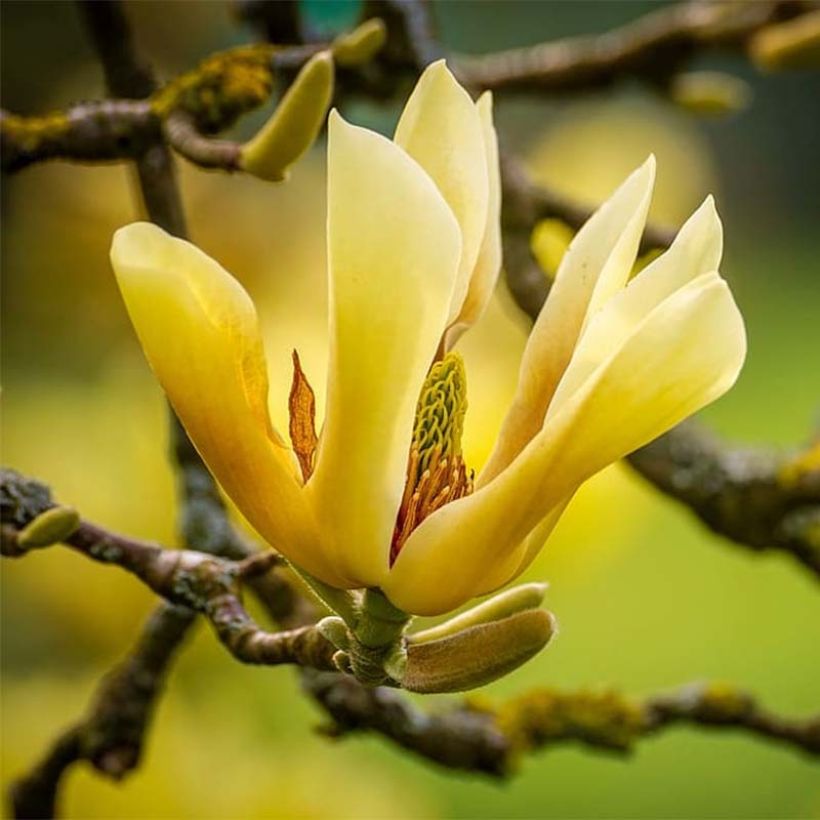

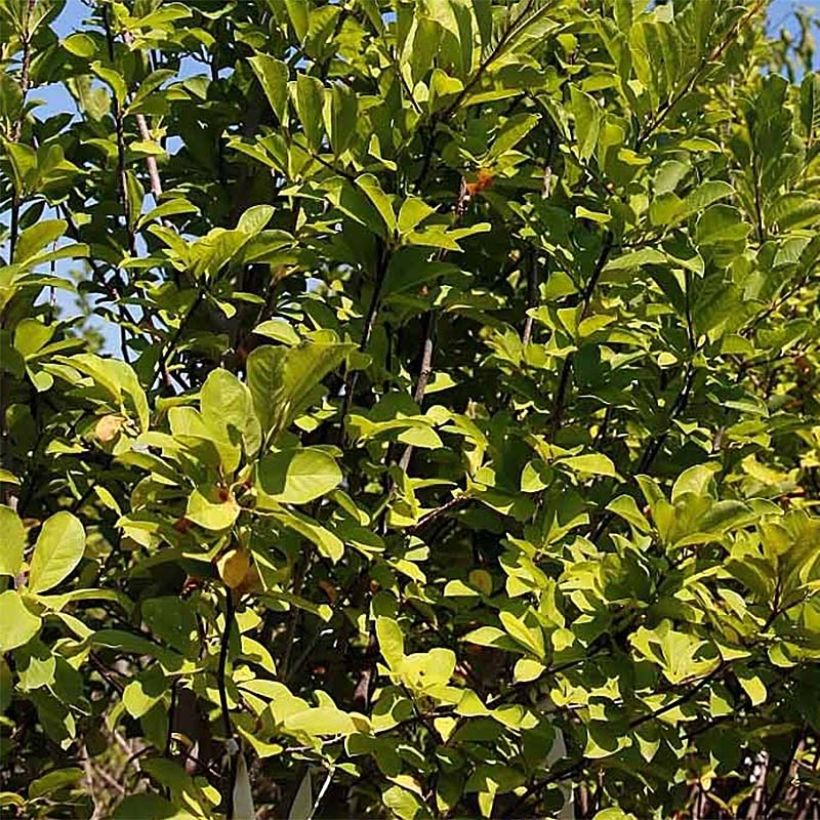

Plant habit
Flowering
Foliage
Botanical data
Magnolia
x acuminata
Butterflies
Magnoliaceae
Magnolia
Cultivar or hybrid
Other Magnolia
View all →Planting and care
The Magnolia Butterfly is grown in partial shade or full sun, full shade is not suitable for it. It is clever to find a place sheltered from cold spring winds to maintain a beautiful flowering. Plant it in a rich, deep and well-drained soil, non-limestone, that remains slightly moist in summer. In limestone soil, dig a large planting hole and add heather soil mixed with your garden soil, and you will need to provide organic matter (compost or organic fertilizer) from time to time to replenish the stock of minerals and nutrients available to the plant. In case of drought, follow the watering of young plants for 1 or 2 years after planting. Mulch the soil in summer to retain moisture and reduce watering. Pruning is not necessary, however, you can thin out the center of the bush by removing some interlacing branches.
Planting period
Intended location
Care
-
, onOrder confirmed
Reply from on Promesse de fleurs
Haven't found what you were looking for?
Hardiness is the lowest winter temperature a plant can endure without suffering serious damage or even dying. However, hardiness is affected by location (a sheltered area, such as a patio), protection (winter cover) and soil type (hardiness is improved by well-drained soil).

Photo Sharing Terms & Conditions
In order to encourage gardeners to interact and share their experiences, Promesse de fleurs offers various media enabling content to be uploaded onto its Site - in particular via the ‘Photo sharing’ module.
The User agrees to refrain from:
- Posting any content that is illegal, prejudicial, insulting, racist, inciteful to hatred, revisionist, contrary to public decency, that infringes on privacy or on the privacy rights of third parties, in particular the publicity rights of persons and goods, intellectual property rights, or the right to privacy.
- Submitting content on behalf of a third party;
- Impersonate the identity of a third party and/or publish any personal information about a third party;
In general, the User undertakes to refrain from any unethical behaviour.
All Content (in particular text, comments, files, images, photos, videos, creative works, etc.), which may be subject to property or intellectual property rights, image or other private rights, shall remain the property of the User, subject to the limited rights granted by the terms of the licence granted by Promesse de fleurs as stated below. Users are at liberty to publish or not to publish such Content on the Site, notably via the ‘Photo Sharing’ facility, and accept that this Content shall be made public and freely accessible, notably on the Internet.
Users further acknowledge, undertake to have ,and guarantee that they hold all necessary rights and permissions to publish such material on the Site, in particular with regard to the legislation in force pertaining to any privacy, property, intellectual property, image, or contractual rights, or rights of any other nature. By publishing such Content on the Site, Users acknowledge accepting full liability as publishers of the Content within the meaning of the law, and grant Promesse de fleurs, free of charge, an inclusive, worldwide licence for the said Content for the entire duration of its publication, including all reproduction, representation, up/downloading, displaying, performing, transmission, and storage rights.
Users also grant permission for their name to be linked to the Content and accept that this link may not always be made available.
By engaging in posting material, Users consent to their Content becoming automatically accessible on the Internet, in particular on other sites and/or blogs and/or web pages of the Promesse de fleurs site, including in particular social pages and the Promesse de fleurs catalogue.
Users may secure the removal of entrusted content free of charge by issuing a simple request via our contact form.
The flowering period indicated on our website applies to countries and regions located in USDA zone 8 (France, the United Kingdom, Ireland, the Netherlands, etc.)
It will vary according to where you live:
- In zones 9 to 10 (Italy, Spain, Greece, etc.), flowering will occur about 2 to 4 weeks earlier.
- In zones 6 to 7 (Germany, Poland, Slovenia, and lower mountainous regions), flowering will be delayed by 2 to 3 weeks.
- In zone 5 (Central Europe, Scandinavia), blooming will be delayed by 3 to 5 weeks.
In temperate climates, pruning of spring-flowering shrubs (forsythia, spireas, etc.) should be done just after flowering.
Pruning of summer-flowering shrubs (Indian Lilac, Perovskia, etc.) can be done in winter or spring.
In cold regions as well as with frost-sensitive plants, avoid pruning too early when severe frosts may still occur.
The planting period indicated on our website applies to countries and regions located in USDA zone 8 (France, United Kingdom, Ireland, Netherlands).
It will vary according to where you live:
- In Mediterranean zones (Marseille, Madrid, Milan, etc.), autumn and winter are the best planting periods.
- In continental zones (Strasbourg, Munich, Vienna, etc.), delay planting by 2 to 3 weeks in spring and bring it forward by 2 to 4 weeks in autumn.
- In mountainous regions (the Alps, Pyrenees, Carpathians, etc.), it is best to plant in late spring (May-June) or late summer (August-September).
The harvesting period indicated on our website applies to countries and regions in USDA zone 8 (France, England, Ireland, the Netherlands).
In colder areas (Scandinavia, Poland, Austria...) fruit and vegetable harvests are likely to be delayed by 3-4 weeks.
In warmer areas (Italy, Spain, Greece, etc.), harvesting will probably take place earlier, depending on weather conditions.
The sowing periods indicated on our website apply to countries and regions within USDA Zone 8 (France, UK, Ireland, Netherlands).
In colder areas (Scandinavia, Poland, Austria...), delay any outdoor sowing by 3-4 weeks, or sow under glass.
In warmer climes (Italy, Spain, Greece, etc.), bring outdoor sowing forward by a few weeks.































